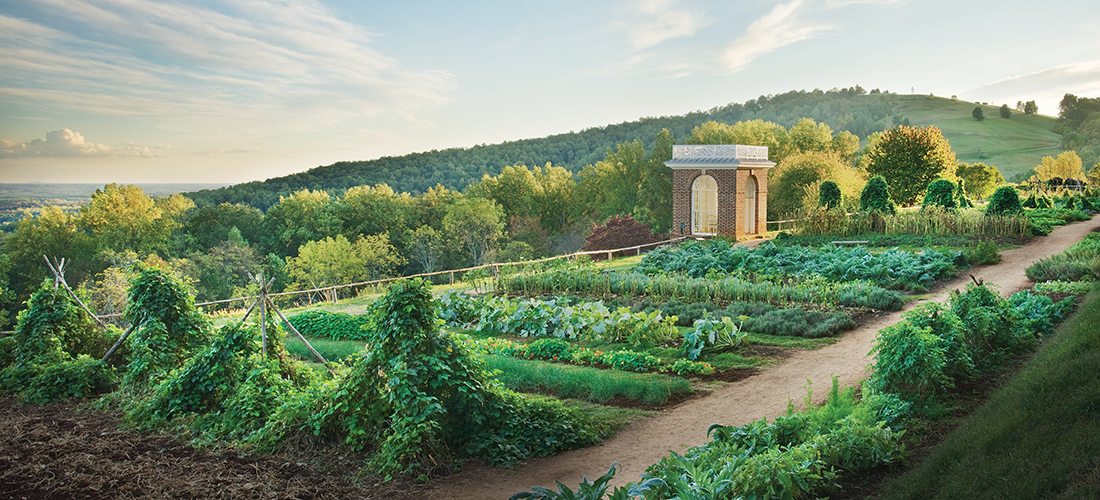
Peter Hatch’s journey from Moore County to Monticello
By Jim Moriarty
Equipped with a pair of hands weather-beaten as a potato farmer and adorned with a shock of gray hair as wild as a patch of weeping love grass, Peter Hatch spent 35 years faithfully tending the garden of a man who died 140 years before he was even born. The man was Thomas Jefferson. The garden was at Monticello. And Hatch’s path to Virginia went straight through Sandhills Community College.
Hatch had a self-described “privileged upbringing” in Birmingham, Michigan, a chichi suburb of Detroit. His father, Clarance, was an ad guy, a madman, a hotshot executive at the firm Campbell Ewald who had scaled the Mount Everest of advertising accounts, General Motors, in the days when what was good for General Motors really was good for America. Peter, the offspring of his father’s second marriage, was a six-year veteran of the exclusive Cranbrook Schools. At the age of 14, he took the only golf lesson of his life at exclusive Oakland Hills Country Club from the legendary Michigan professional Al Watrous, a PGA Tour player of the ’20s and ’30s who lost the 1926 Open Championship at Royal Lytham and St. Annes to Bobby Jones on the last two holes.
Flowering dogwoods and pink azaleas led Hatch to Chapel Hill and the University of North Carolina. “How I ended up at Chapel Hill was serendipitous,” he says. “It was a pretty place in the springtime.” Packing the rigorous training of Cranbrook in his duffel, Hatch found a niche at UNC. “I kind of flourished because I had a lot of skills but I didn’t have any ideas. Then I suddenly got ideas when I went to college.”
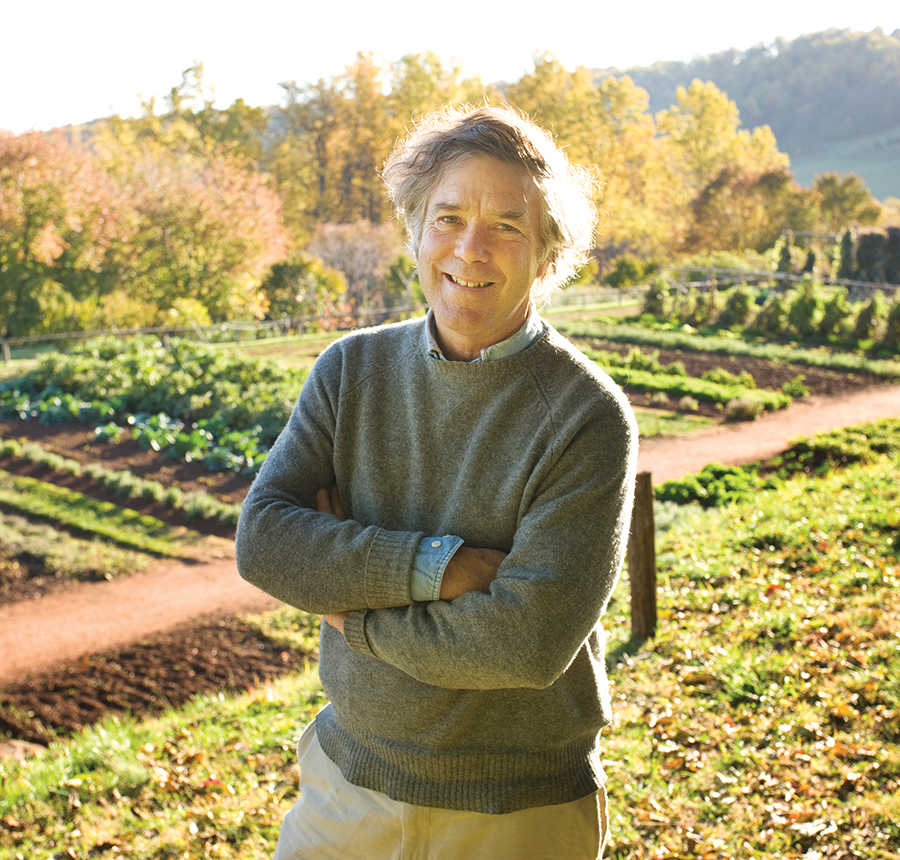
He graduated in 1971 with a degree in English, a penchant for crafting poetry with a short shelf life, and a yellow Volkswagen beetle, the import he was given as a graduation present by his mother, Janet, the second of the three wives of the consummate Detroit pitchman. The first stop was Glacier National Park in Montana, where he spent nine months painting cabins, selling sporting goods and pumping gas. Then, echoing the advice of Horace Greeley, it was off to Santa Barbara, California, to find his college sweetheart, Jane West. “I drank tawny port in the afternoon and wrote bad poetry and just kind of sat around,” says Hatch. He read the voices of the day. Robert Bly. James Wright. Galway Kinnell. James Dickey. Kenneth Rexroth. John Berryman. Before long, West sent him back east.
“My girlfriend dumped me for the fourth time, so I rode around the country to try to find a job as an English teacher,” says Hatch. He landed an interview at another private prep school, Lawrence Academy, outside Boston, that needed someone to teach English and coach hockey, a reasonable fit for the former center of the Cranbrook hockey team. On the way, he stopped in Michigan, where his mother insisted he get a haircut. “She made me go to her Lebanese hairdresser to shave off my beard and give me a haircut,” he says. Depending on your generational frame of reference, the resulting bowl cut looked like Prince Valiant, Jimmy Connors, Moe or Lloyd Christmas.
While he was waiting to learn whether or not he was destined to be the new coach of the LA Spartans, Hatch stayed with friends in East Falmouth on Cape Cod, not far from Hatchville, where his ancestors disembarked sometime in the 1620s. Destiny had its own plan. “One of them started talking about the joys of organic gardening,” he says. “When I didn’t get the job as an English teacher, I decided to go back to Chapel Hill.” He earned a few dollars delivering the News and Observer and planted a garden. Enter Sandhills Community College.
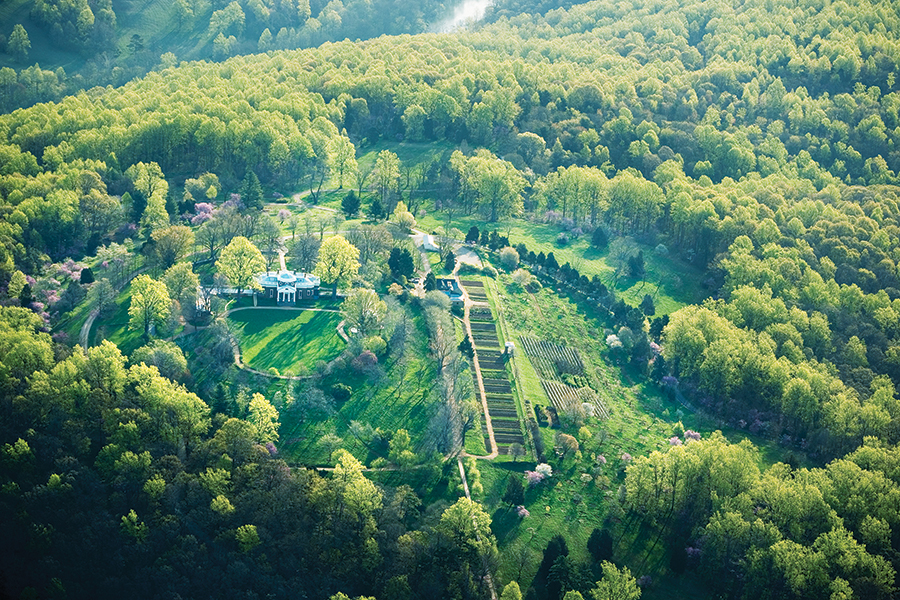
During his senior year at Chapel Hill, Hatch had been a student teacher at Pinecrest High School, where he was assigned to Rick Lewis’ senior world literature class. They would both wind up at SCC, Lewis as the eventual head of the English department and Hatch as a 1974 graduate of the landscape gardening program that celebrates its 50th anniversary this year. “It seemed like the kind of thing that would be useful to me, not really knowing the difference between a peony and a pine tree,” says Hatch. “Growing up I never did any labor. I never worked. I didn’t know how to do things. You learned a lot of nuts and bolts skills. It was a really valuable thing for me. I look back on it fondly.”
At the time the program was led by Fred Huette and Bill Hunt. “It was based on the Wisley school of horticulture in England,” says Hatch. “It had these two great kind of founding fathers.” Hatch describes Huette as “an old-timey English gardener” and Hunt as “the dandy, in his suit and bow tie, he seemed like he just walked out of the lecture hall at Oxford University.” Hatch lived in what he describes as “a little bit of a hovel” in horse country off May Street in Southern Pines on $100 a month. His car broke down and he couldn’t afford to fix it. “Peter would always wear these worn-out tennis shoes, holes everywhere, including the soles,” says Lewis. “I have a picture of the two of us standing at the rear of my Volkswagen bus.”
Hatch became exhibit A for continuing education. “Something we’re sort of proud of here at Sandhills,” says SCC President Dr. John Dempsey, “is that we have as many university graduates who transferred to us as we have our graduates who transferred to university. That’s because, believe it or not, some university graduates — who may be English majors — find that they cannot make a decent living, so they come back here to learn a trade. And that’s exactly what Peter did.”
It was a trade that transported him back in time.
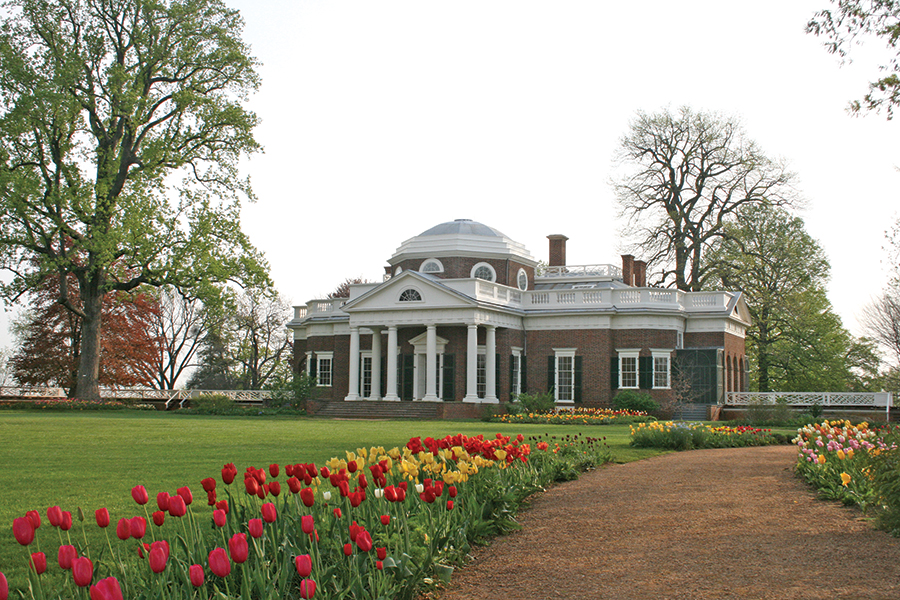
For three-and-a-half years following his graduation from Sandhills, Hatch worked in Winston-Salem at Old Salem recreating the authentic landscape. “I was their first horticulturalist involved in restoring these 18th century Moravian gardens. There was a woman there who was in charge of the landscape restoration committee — Flora Ann Bynum. It took her five minutes to say her name: FloraAnnLeeBynum. She was this indomitable figure, a great fighter for historically accurate gardens. She corresponded with some of the great botanical scholars in the world. It was a controversial and radical idea to begin thinking of landscape as another reflection of the character of the times, in the same way that the architecture of the buildings or the artifacts found in the culture of the society were. It was an unusual idea for people. They hadn’t been exposed to the idea that these people had utilitarian orchards and gardens and that their yards didn’t have grass in them — they were swept yards — and they had woodpiles and weeds and bee skips. It was a fun thing to get involved with and what made Salem particularly unique was they had wonderful documentary records of what the gardens were like. These Germans kept really good records. They hired me in part, I think, because I was an English major, which was amazing. They looked at it as a job involving historical research and interpretation. It was a terrific first job.”
Jefferson’s Monticello was about to embark on a similar journey, and Hatch had a unique set of credentials for the trip. The first project would be the recreation of Jefferson’s grove. In consultation with Monticello’s architectural historian, William L. Beiswanger, a Connecticut landscape architect, Rudy J. Favretti, put together the plan to revive the 18-acre grove. “I was hired specifically to finish that and also with the assumption that the next big project was to be restoring Jefferson’s vegetable garden and orchard,” says Hatch.
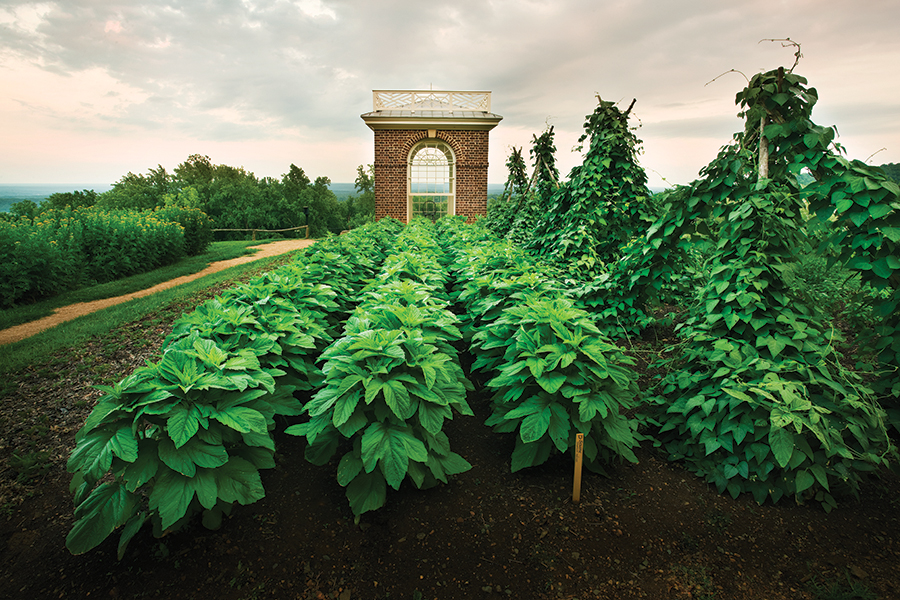
The Monticello that Hatch first encountered was different than the one he left behind in 2012. “It was a tourist shrine. Slavery was never mentioned. The interpretation was very kind of 1950s,” he says. “I got to see Monticello evolve over the time I was there from sort of a mom-and-pop operation to a sophisticated and professional educational and preservation organization. There was a real tradition of scholarship that emerged and became more and more intense. Scholarship drove the mission. That was an inspiring thing that sent me on my way.”
Over his 35 years as director of gardens and grounds at Monticello, Hatch was responsible for maintaining the Thomas Jefferson Foundation’s 2,400 acres; was the project manager for the Thomas Jefferson Parkway; wrote four books, the most recent being A Rich Spot of Earth” — Thomas Jefferson’s Revolutionary Garden at Monticello; supervised a large crew of groundsmen, more than a few of whom, hailing from Virginia’s hills and hollows, were a bit rough around the edges; and lectured in 38 states on Jefferson and the history of garden plants. “Writing books about Thomas Jefferson was easy compared to the challenges of keeping alive noble 200-year-old trees, preventing the deer from eating my cabbages, and sustaining irrigation water for the gardens through a long, hot Virginia summer,” says Hatch.
There is a rich nuance in viewing one of the faces on Mount Rushmore through the prism of his passion for gardening. “I described the vegetable garden as sort of an Ellis Island of new and unusual plants that came from the four corners of the globe,” says Hatch. “Jefferson documented planting some 170 varieties of fruit, 330 varieties of vegetables and some 140 species of shade and ornamental trees, and on and on. He had this really expansive passion for plants.
“There was a bunch of stuff we had trouble growing. The Arikara bean. It came from the Arikara tribe in the northern Dakotas. Meriwether Lewis spent the winter of 1803 in North Dakota near what is now Bismarck. They were all starving. They survived by trading trinkets for Indian corn. These northern Indian tribes had this really sophisticated agriculture and horticulture in that they developed a lot of bean, corn, squash, tobacco varieties to adapt to this harsh Northern Plains climate, where it’s incredibly dry and hot in the summer but incredibly cold in the winter. Jefferson was trying out a lot of these agricultural corn and bean varieties sent back by Lewis. We often had a plot exhibiting Lewis and Clark plants.”

Failure wasn’t frowned upon, it was part of the package. “There was this great clash of history versus horticulture in the sense that people expect a tidy, manicured place, but it really wasn’t like that,” says Hatch. “Jefferson planted a lot of things that died. The fact that he was doing all this stuff meant that a lot of things didn’t work. I loved that contradiction. I loved that ambiguity about my job. It would probably drive most people crazy. Jefferson had fun gardening. He had these wonderful enthusiasms for cultivated plants. ‘The failure of one thing is repaired by the success of another.’ Jefferson’s quote is not just a statement about gardening, it’s a life lesson.”
Jefferson’s gardening lessons travel as comfortably through time as his words. “There are a lot of different kinds of gardens at Monticello. There’s the grove, which is really an interesting idea — that America’s ideal garden is carved out of the forest, clearing and thinning trees, opening up undergrowth and planting hardy perennial flowers in ground cover,” says Hatch. “In Southern Pines they have those great longleaf pine forests that are kind of a natural grove. There are a lot of Jefferson conceits that people can use when they make their own garden. Try new things. Do successive plantings, growing things through the wintertime, which you can do in Southern Pines really easily. Grow some of Jefferson’s favorites. He had some greatest hits of fruits, flowers, vegetables, trees and shrubs. In the vegetable garden there were things like tennis ball lettuce or tree onions or pineapple melons — you can get the seeds from Monticello. You can purchase plants at Monticello that are offshoots of original trees or things that Jefferson particularly cherished, a real tangible link to the past.”
Hatch’s days are no longer filled with supervising The Dukes of Bacon Hollow or chasing down Chinaberry trees to replace the ones killed off by a winter freeze. He lives 20 miles west of Monticello, where his wife, Lucile, still works, on a gravel road that winds through an apple orchard. Their two daughters, Rosemary and Olivia, one a hydrologist, the other a neurologist, are grown and gone. Hatch has a small garden, a creek in the backyard and a wood-burning stove. He plays the occasional game of golf, carrying his clubs at courses as distinct from Oakland Hills as a Queen Anne’s lace is from a Lady Slipper orchid. He tends to a hiking trail in the Shenandoah National Park for the fun of it. “In my new life I’ve been more of a botanist,” he says. “I go out into the mountains, spend a lot of time searching for rare colonies of plants growing outside the normal range.”
A job he seems to have come to naturally. PS
Jim Moriarty is senior editor of PineStraw and can be reached at jjmpinestraw@gmail.com.





